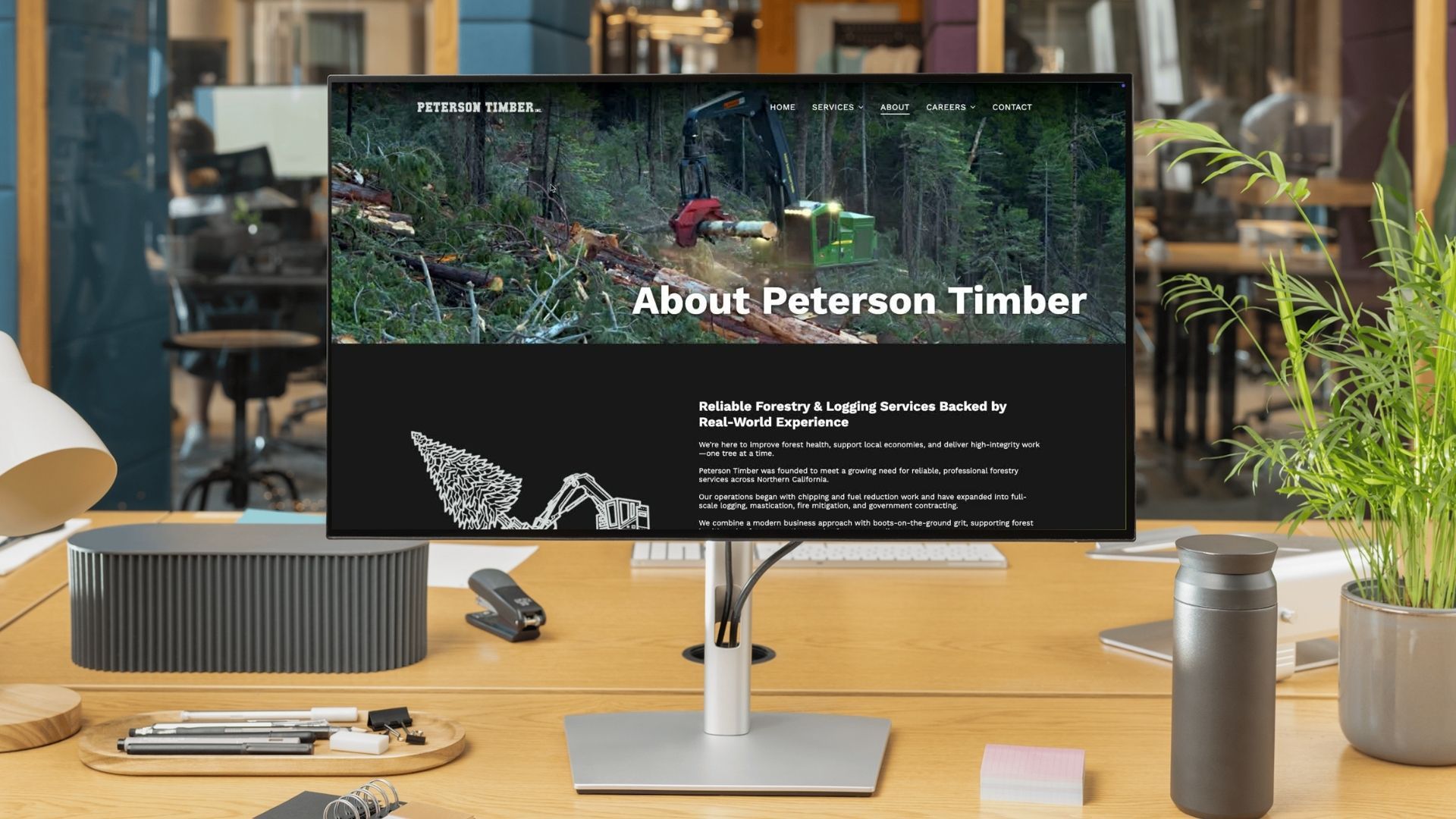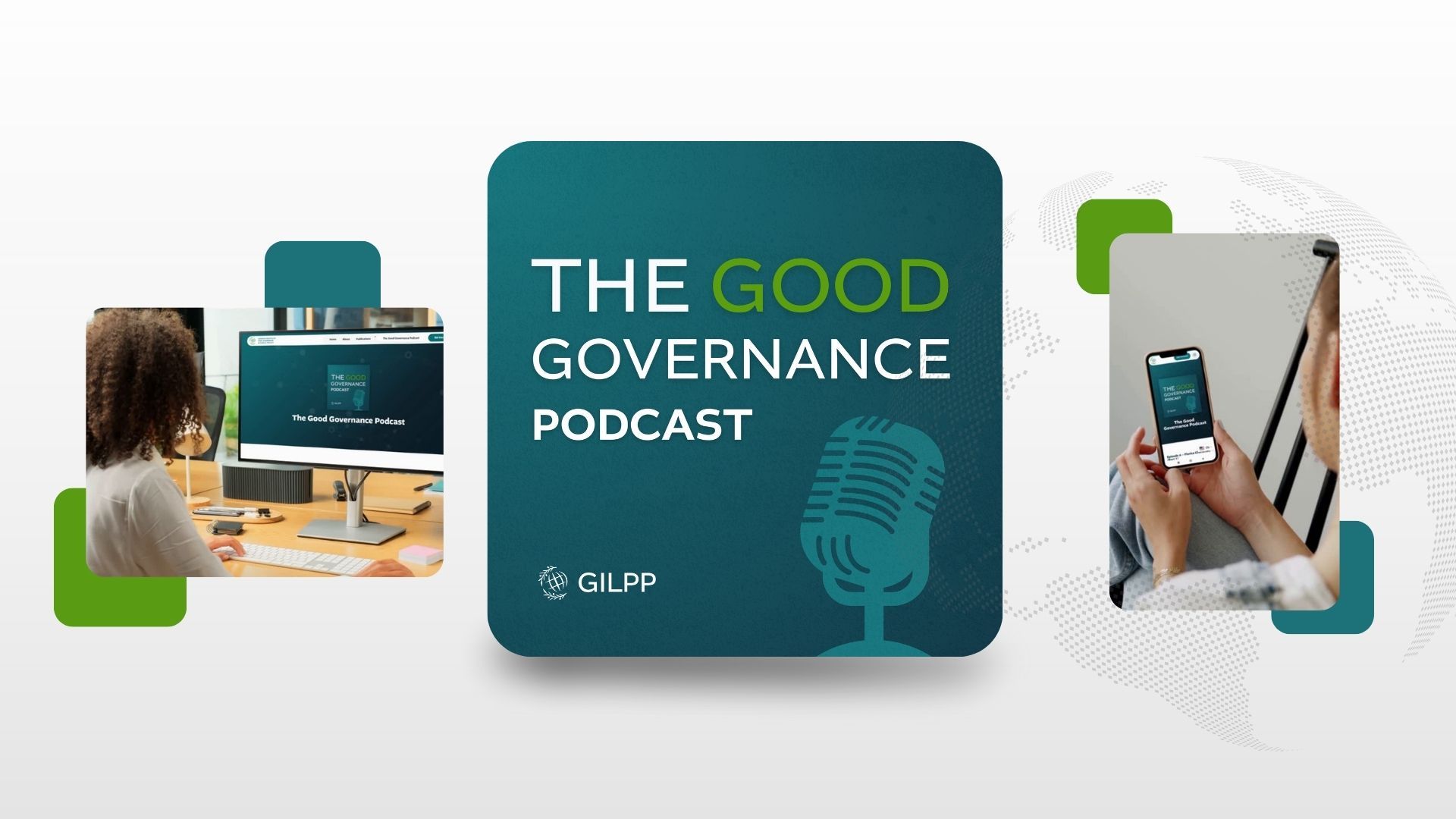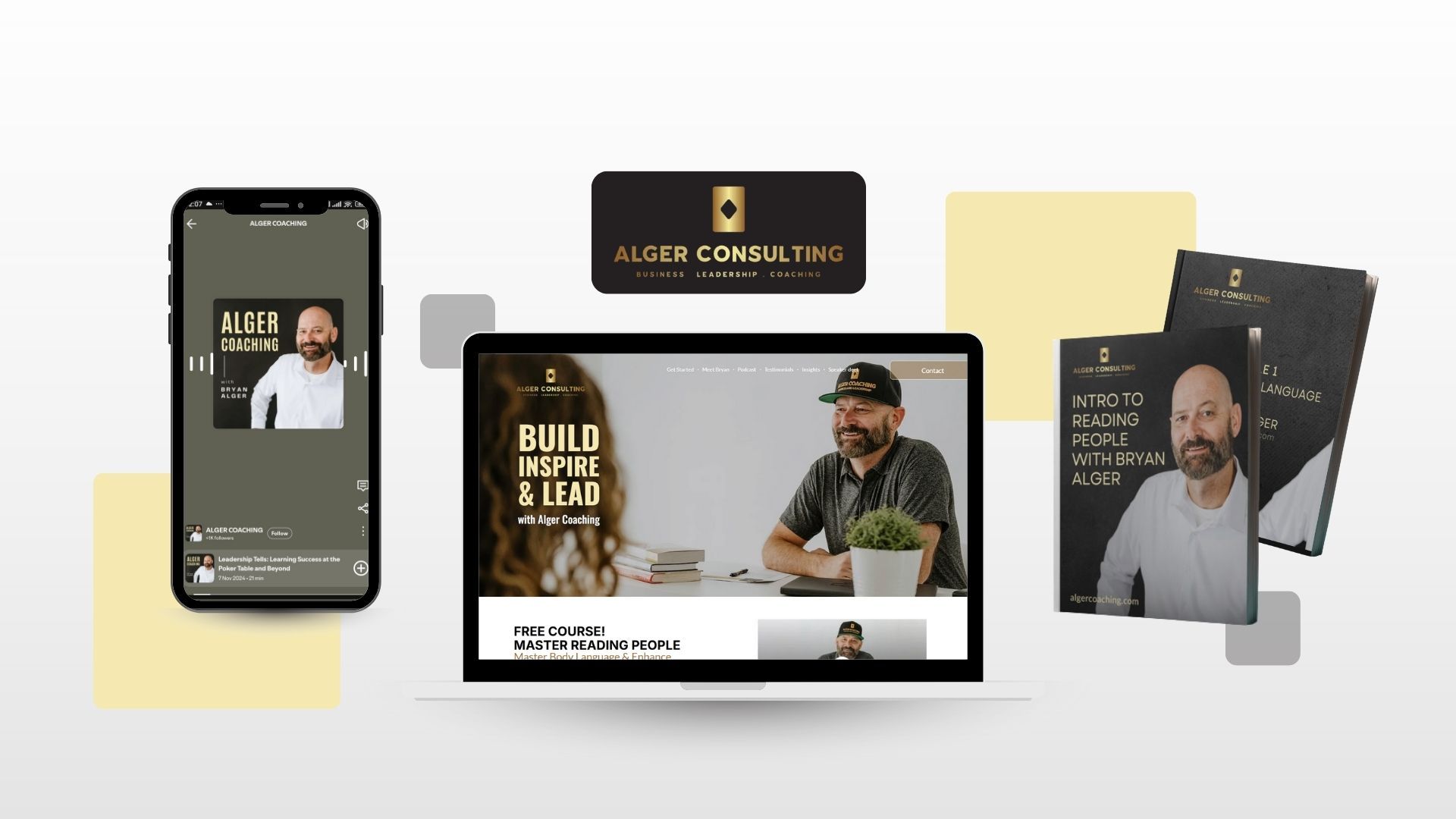
Why Your Marketing Isn’t Working (Hint: It’s Not About You)
Most businesses struggle with marketing—not because their product isn’t good, not because they don’t have the right audience, but because they talk about themselves too much.
It’s natural. You’re proud of your business, your journey, and the hard work you’ve put in. You want people to know about your experience, your awards, and the passion that drives you.
But here’s the reality: Customers don’t care about your business. They care about their problems.
If your marketing is focused on:
- Your company’s history
- Your personal passion
- Your industry accolades
Then you’re missing the one thing that actually matters: How does this help your customer?
The key to effective marketing isn’t making people care about you. It’s showing them that you care about them.
This is exactly what we discussed in our latest video, where Jake Mooney breaks down why most marketing feels like shouting into the void—and how to fix it.
Why Customers Tune You Out
People don’t wake up thinking about your business. They wake up thinking about:
- The challenges they need to solve today
- The results they’re trying to achieve
- The frustrations they’re dealing with in their industry
If your marketing doesn’t immediately connect with those things, they won’t pay attention.
As Jake put it in our recent video:
“The biggest mistake businesses make is assuming people should care about them. They don’t. They care about what’s in it for them. The second you shift your messaging to focus on their needs, everything changes.”

How to Shift the Focus to Your Customers
If your marketing has been all about your company, your services, and your expertise, don’t worry—it’s fixable.
Here’s how to re frame your messaging so that it resonates with your audience and drives engagement.
1. Rewrite Your Messaging to Be About Them, Not You
Take a look at your website, your LinkedIn bio, your marketing materials. How many sentences start with:
“We do…”
“Our company specializes in…”
“We are proud to offer…”
Now, imagine you’re a potential customer. What’s more compelling?
- Don't: “We’ve been a leading provider of marketing solutions since 2010.”
- Do: “Struggling to get customers? Here’s how to fix that.”
- Don't: “We’re excited to announce our new product launch.”
- Do:
“Here’s a faster, easier way to [solve a problem your audience has].”
2. Use Customer Stories Instead of Bragging
No one trusts a business that only talks about how great they are. But they will trust stories of real people solving real problems.
Instead of writing posts about why your service is the best, share a customer’s success story:
Example:
“Last year, we worked with a manufacturing company struggling to attract new clients. Their website wasn’t converting leads, and they didn’t know why. By shifting their messaging from ‘here’s what we do’ to ‘here’s how we help,’ their conversion rate increased by 40%.”
People relate to stories, not statistics. They want to see themselves in the problem—and the solution.
3. Speak to One Specific Person, Not a Broad Audience
If you try to appeal to everyone, you’ll resonate with no one.
Your messaging should feel like it’s speaking to a specific person with a specific problem.
Example:
- Don't: “We help businesses improve their marketing.” (Too vague.)
- Do: “If you’re a B2B company struggling with long sales cycles, here’s how to keep customers engaged until they’re ready to buy.”
The more specific you are, the more likely your audience will feel like you’re talking directly to them.

4. Show, Don’t Just Tell
A common marketing mistake? Making big claims without backing them up.
Saying “We’re the best” means nothing unless you can prove it.
- Use real data – Instead of saying “Our clients love us,” share testimonials or statistics that back it up.
- Use video – Show real customers talking about their experiences, instead of just writing about it.
- Use case studies – Walk people through a real-world transformation, step by step.
If you’re not demonstrating value, you’re just expecting people to take your word for it. And they won’t.
5. Make Your Marketing Active, Not Passive
Most businesses take a passive approach to marketing:
- Posting content and hoping people see it.
- Sending emails and waiting for replies.
- Running ads and assuming people will pay attention.
Active marketing means:
- Engaging with people in their LinkedIn posts.
- Speaking at events where your audience is already paying attention.
- Partnering with other businesses who serve the same clients.
“If you put yourself where your audience already is, you won’t have to chase customers—they’ll come to you.”
What’s Next?
If your marketing isn’t working, it’s probably because it’s too focused on your business and not enough on your audience.
Want to make your marketing work?
- Get a free marketing audit and start shifting your messaging: https://greenlightstudio.co/#audit
- Subscribe to our YouTube channel for expert marketing insights: https://www.youtube.com/@greenlightyourmarketing
- Connect with Jake Mooney on LinkedIn for more strategy insights: https://www.linkedin.com/in/jacob-threlkeld-mooney/
At the end of the day, marketing isn’t about making people care about you—it’s about making them see how you can help them. Shift your messaging, and the right customers will start paying attention.
Unimpressed with your marketing?
Get support and direction with these resources:
- Free Marketing Audit Workbook - Download Now
- Subscribe to Our YouTube Channel - Subscribe
- Get a custom strategy for your business - Get In Touch
- Connect with Jake on LinkedIn - Connect
Unimpressed with your marketing?
Get support and direction with these resources:
- Free Marketing Audit Workbook - Download Now
- Subscribe to Our YouTube Channel for practical marketing tips and strategies. Subscribe
- Contact Us - Let’s create a custom strategy for your business. Get In Touch
- Connect with Jake Mooney on LinkedIn - Connect
The #1 Marketing Mistake Business Owners Make: Talking About Themselves Too Much










